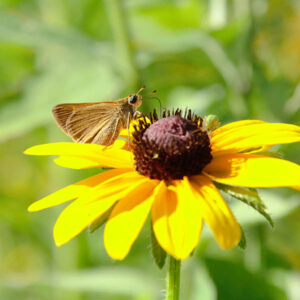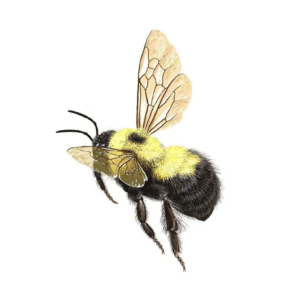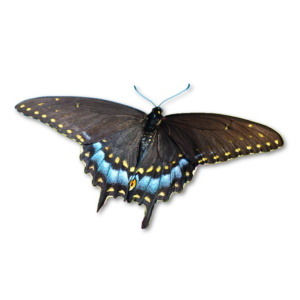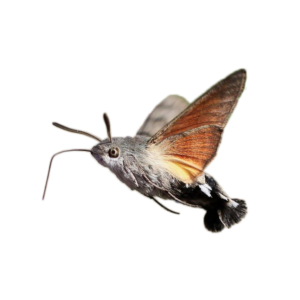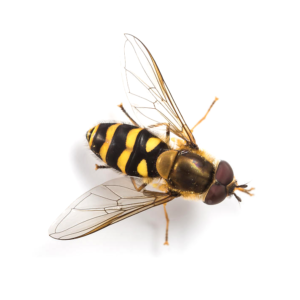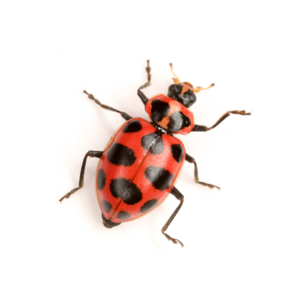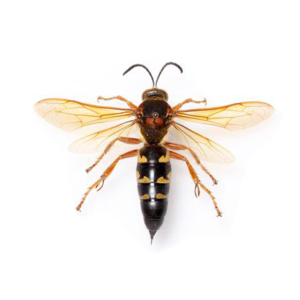Butterflies
Butterflies are insects within the Order Lepidoptera (scaly wing) which also includes moths. There are 1,850 species of Lepidoptera in the State of Illinois, although only 150 are butterflies.
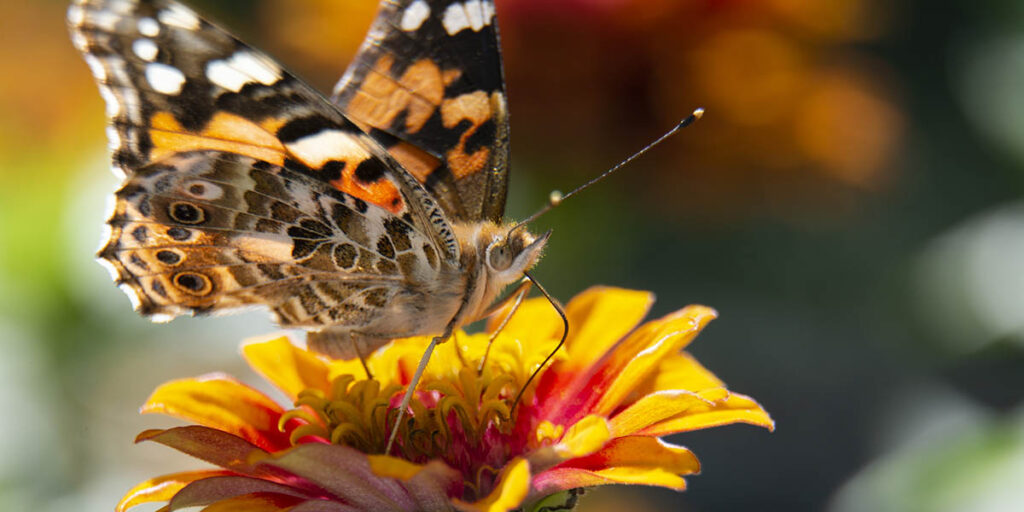
The larvae (caterpillars) have chewing mouth parts and feed mostly on plants. Caterpillars can have up to five sets of fleshy appendages on their abdomens called prolegs with hooks on the end called crochets. While their role as adults is to reproduce, their role as caterpillars is to eat so the adults rely on that stored energy.
Butterfly-pollinated plants tend to be bright red and purple and will also have nectar guides present. The odor of the flowers tends to be faint and fresh. Nectar is ample, deeply hidden and watery, similar to the flowers that moths visit. The flower shape tends to be a narrow tube with a spur or have a wide landing platform. Like moths, butterflies also have a tube-like mouth, called a proboscis, that they use to get to nectar. Butterflies land when they feed, so the flowers they visit will usually have landing platforms.
Wings of adult butterflies are covered by setae that is flattened into scales that produce colors or patterns. The scales are microscopic and lay like overlapping tiles. Contrary to popular belief, losing scales helps the insects get away from predators and are lost throughout adulthood. Adult mouthparts (proboscis) are tube like and designed to suck fluids like nectar from flowers. Many butterflies don’t eat as adults but live off of stored energy they gained as a caterpillar. Interestingly, some adults drink liquids of decaying plants to get alkaloid compounds which are then used used as chemical defense or in the production of male sex pheromones.
Butterfly wings are usually brightly colored to attract mates, fend off predators or mix in with the landscape. Most butterflies are active in the day. While at rest, butterflies tend to fold their wings vertically up over their backs, which is an important distinction because moths tend to hold their wings in a tent-like fashion that hides the abdomen. Butterflies form chrysalises as their pupal stage. These chrysalises are usually hard, smooth and silkless.
Butterfly Life Cycle
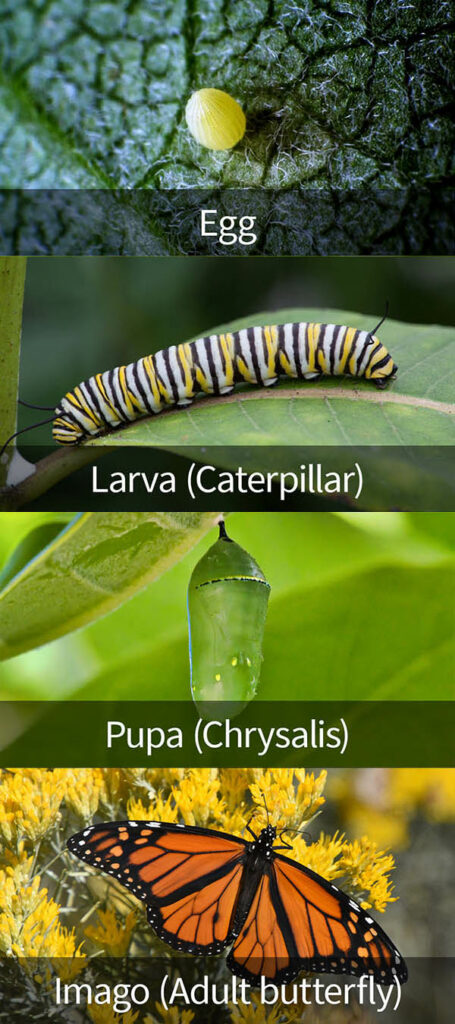
Illinois Butterflies

Swallowtail butterflies—Papilionidae Family
Most species are large and brightly colored. Swallowtail butterflies get their name from the tail-like extension on the hindwings of many species in this family. Caterpillars in this family have a forked organ on their heads called the osmeterium that emits a foul-smelling odor when the caterpillar is disturbed by a predator. Some swallowtail species are distasteful and cause regurgitation when consumed by a predator. All adult swallowtails have three pairs of walking legs. Adults of all species visit flowers for nectar.
Sometimes a harmless or palatable butterfly species mimics a colorful and usually toxic species. Swallowtails are a good example of this. Several swallowtail species, spicebush (Papilio troilus), black (Papilio polyxenes), and the black phase of eastern tiger swallowtail (Papilio glaucus), along with the Red spotted purple (which is not a swallowtail) mimic the model pipevine swallowtail (Battus philenor), which is toxic.
Whites and sulphurs—Pieridae Family
Adults have medium to small wings that are white, yellow, or orange, with some black or red. Some have hidden ultraviolet patterns, not visible to the human eye, that are used for mating. Adults of all species visit flowers for nectar. The majority of caterpillars of North American whites and sulphurs feed on legumes or crucifers and are considered pests. Typically, they overwinter in the pupal or larval stage. Adults have three pairs of walking legs.
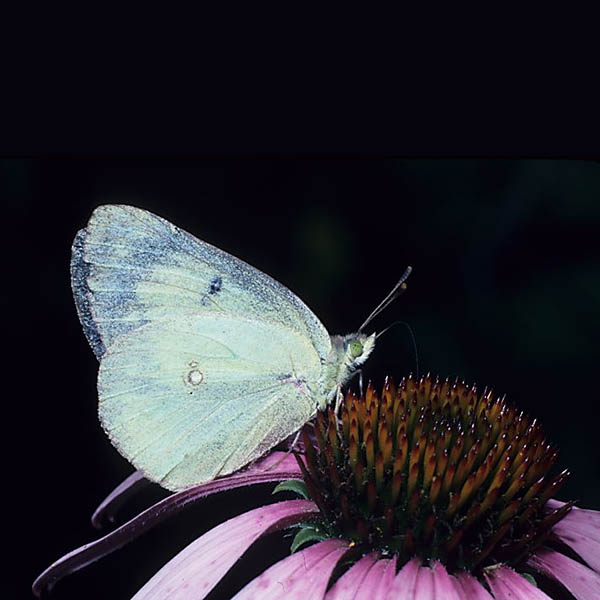
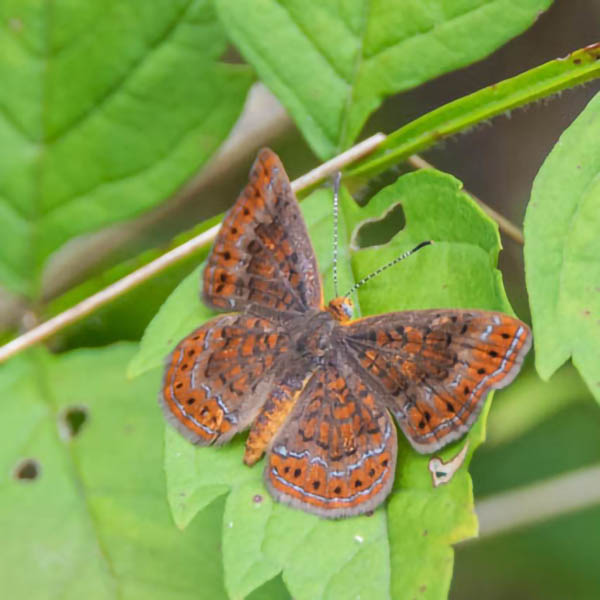
Metalmarks—Riodinidae Family
Adult butterflies are usually small to medium in size. Males have reduced front legs that are not used for walking, and females have three pairs of walking legs. Adults usually perch with their wings spread open. Males locate mates by perching. Metalmarks overwinter in the larval or pupal stage.
Photo by Dan Bernskoetter
Gossamer-winged butterflies—Lycaenidae Family
Adult butterflies are typically small to tiny and usually boast iridescent blues, bright reds and oranges. Adults of both sexes have three pairs of walking legs, though most males have fused segments in their front legs. Most adults visit flowers for nectar. Some exceptions are the harvester butterfly (Feniseca tarquinius) which feeds on wooly aphid honeydew and some hairstreak butterflies that will feed on aphid honeydew or bird droppings. Most species overwinter in either the egg or pupal stage.
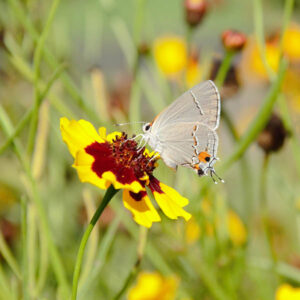
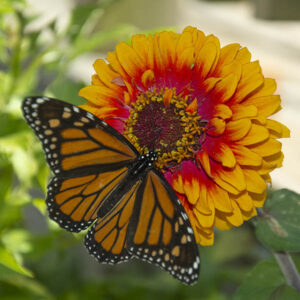
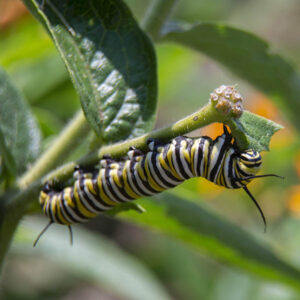
Brush-footed butterflies—Nymphalidae Family
Adults vary in size from small to large, and their front legs are reduced, unable to be used for walking. Adult feeding behavior depends on the species. Some seek flower nectar, while others only feed on sap flows, rotting fruit, dung, or animal carcasses. Males exhibit perching and patrolling behaviors when seeking mates. Most will overwinter as larvae or adults, while some, like monarchs, will migrate.
Skippers—Hesperioidea Family
Most skippers are small to medium, usually orange, brown, black, white, or gray. Skippers have large eyes, short antennae (often with hooked clubs), stout bodies, and three pairs of walking legs. Their flight is often rapid. Adults of most species have long proboscises and feed on floral nectar, but some also take up nutrients from bird dropping.
